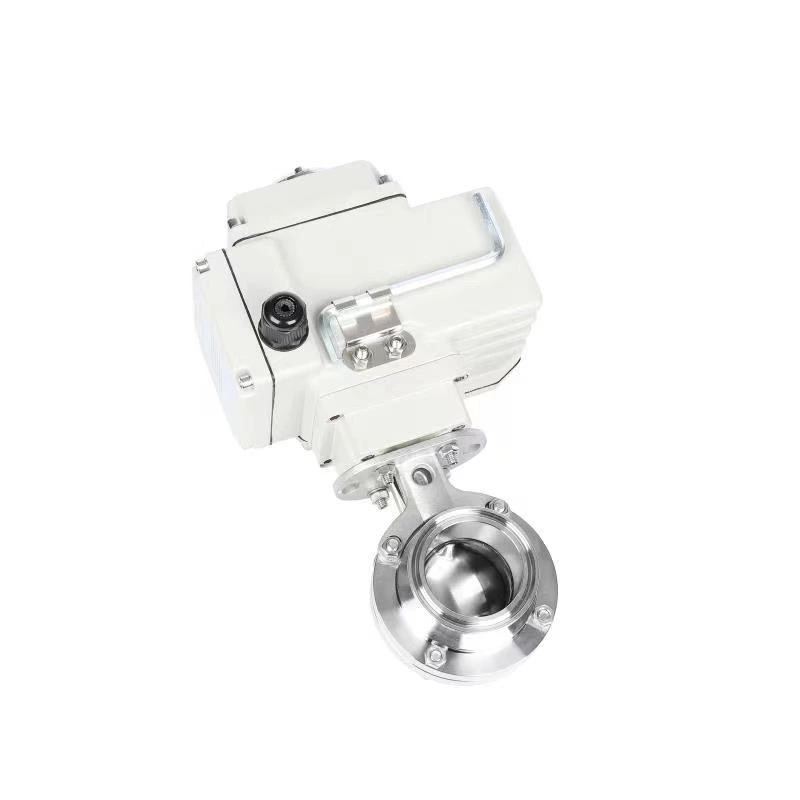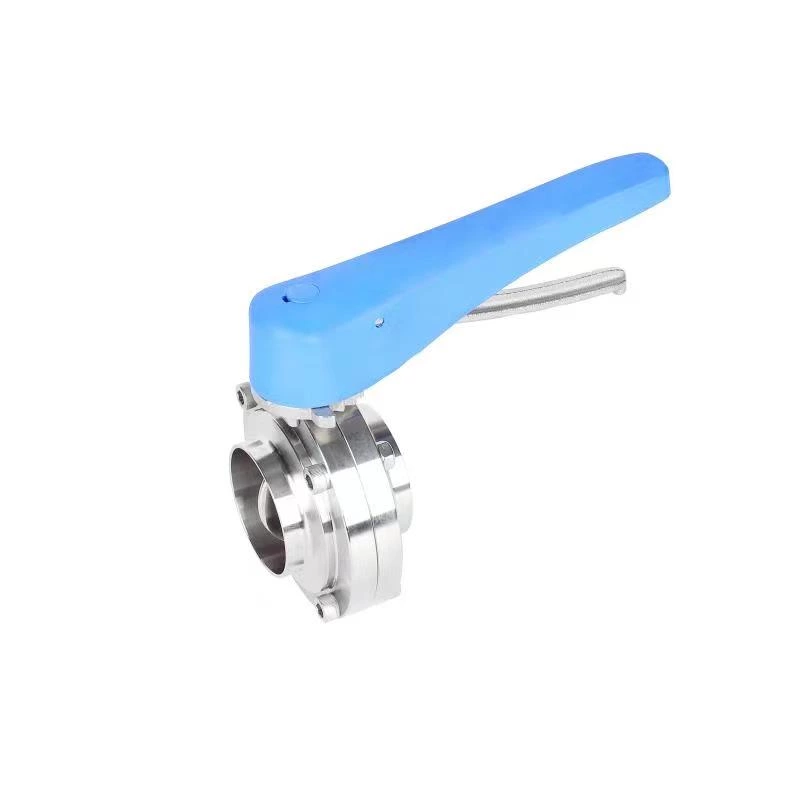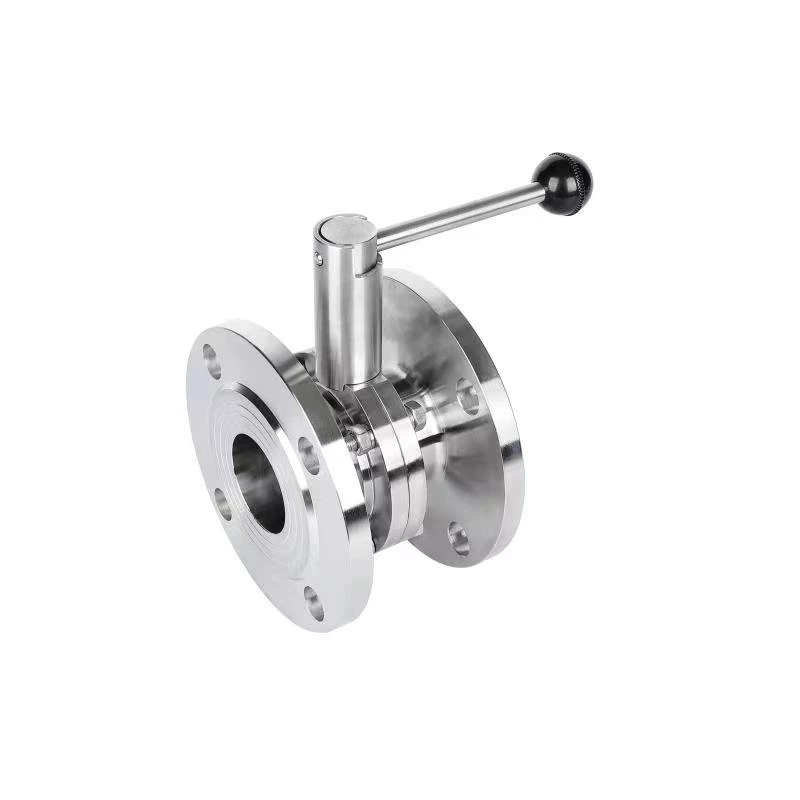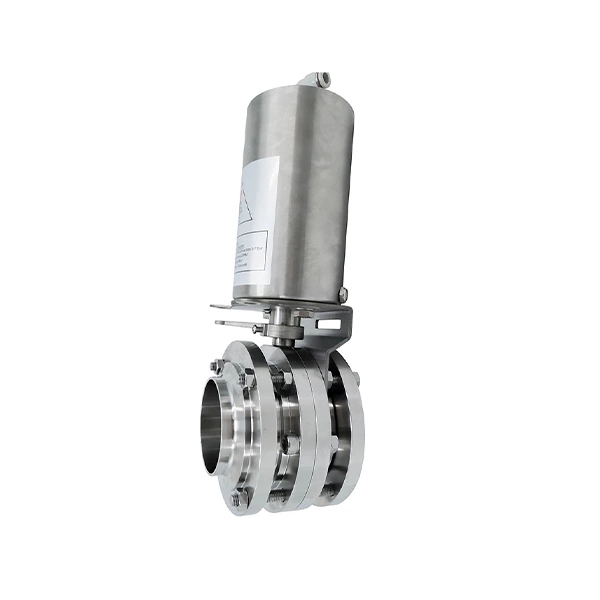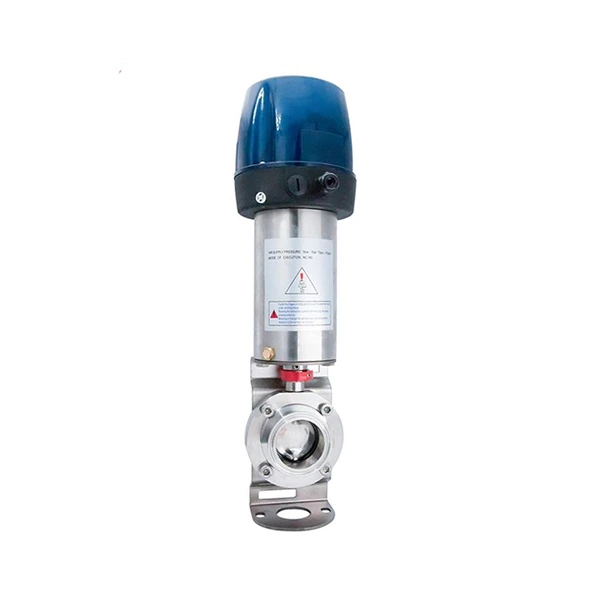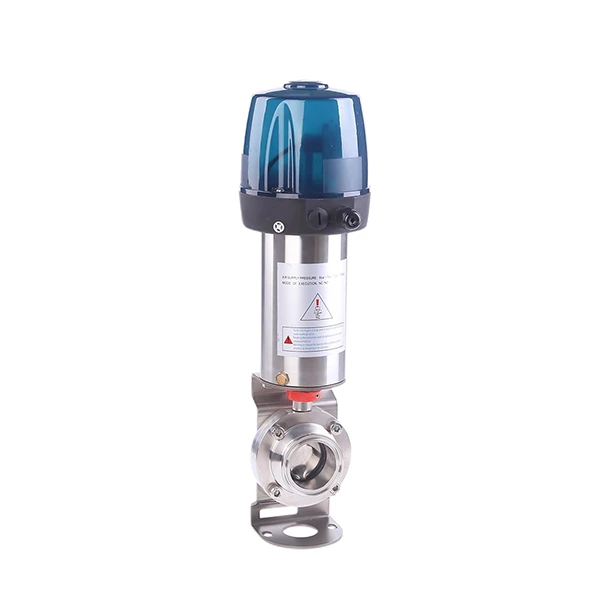What is the difference between ball valve and butterfly valve? What is the difference between ball valve and butterfly valve?
What is the difference between ball valve and butterfly valve?
The difference between ball valve and butterfly valve
The biggest difference between a ball valve and a butterfly valve is that the opening and closing part of the butterfly valve is a plate, while the ball valve is a ball. The valve plate of the butterfly valve and the valve core of the ball valve both rotate around their own axes; The valve plate moves up and down along the axis; butterfly valves and gate valves can adjust the flow rate by opening; ball valves are not easy to do this.
Butterfly valves are characterized by fast opening and closing speed, simple structure, and low cost, but their tightness and pressure-bearing capacity are not good. The characteristics of ball valves are similar to gate valves, but due to limitations in volume and opening and closing resistance, it is difficult to achieve large diameters.
The structural principle of the butterfly valve is especially suitable for making large-diameter valves. The butterfly plate of the butterfly valve is installed in the diameter direction of the pipe. In the cylindrical channel of the butterfly valve body, the disc-shaped butterfly plate rotates around the axis, and the rotation angle is between 0° and 90°. When it rotates to 90°, the valve is fully open. It has a simple structure, low cost and a large adjustable range. Ball valves are usually suitable for liquids and gases without particle impurities. They have small fluid pressure loss, good sealing performance and high cost. Comparatively speaking, the sealing of ball valves is better than that of butterfly valves. The ball valve seal relies on the valve seat being squeezed on the spherical surface for a long time. It wears faster than the semi-ball valve. The ball valve seal is usually made of flexible materials, which is also difficult to use in high-temperature and high-pressure pipelines. The butterfly valve seal is made of rubber, which is far inferior to the metal hard sealing performance of semi-ball valves, ball valves and gate valves. After long-term use of the semi-ball valve, the valve seat will also suffer slight wear. It can continue to be used through adjustment. During the opening and closing process of the valve stem and packing, the valve stem only needs to rotate 90°. When there is any sign of leakage, tighten the packing gland again. With just a few bolts, there can be no leakage in the packing. However, other valves are still barely used with small leaks, and the valves with big leaks must be replaced.
During the opening and closing process, the ball valve operates under the holding force of the valve seats at both ends. It has a larger opening and closing torque than the semi-ball valve. The larger the nominal diameter, the more obvious the difference in opening and closing torque. The opening and closing of the butterfly valve must overcome the deformation of the rubber. To achieve, the torque is larger. The operation of gate valves and globe valves is long and laborious.
The ball valve and the plug valve belong to the same type of valve, only its closing part is a ball, and the ball rotates around the center line of the valve body to open and close. Ball valves are mainly used in pipelines to cut off, distribute and change the flow direction of media.
